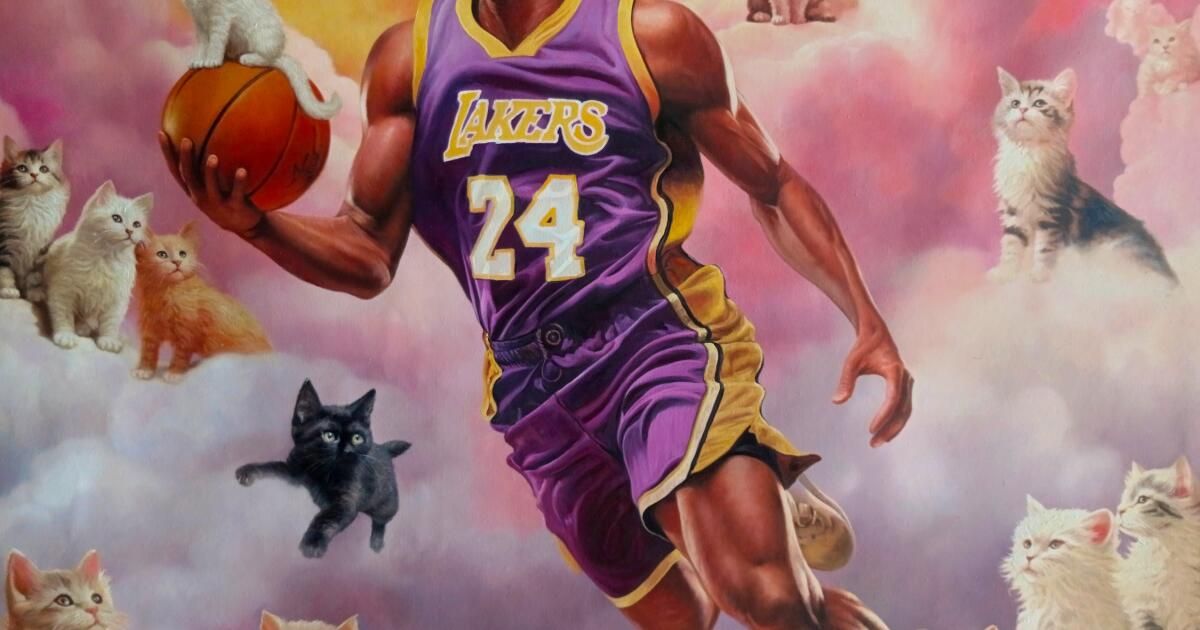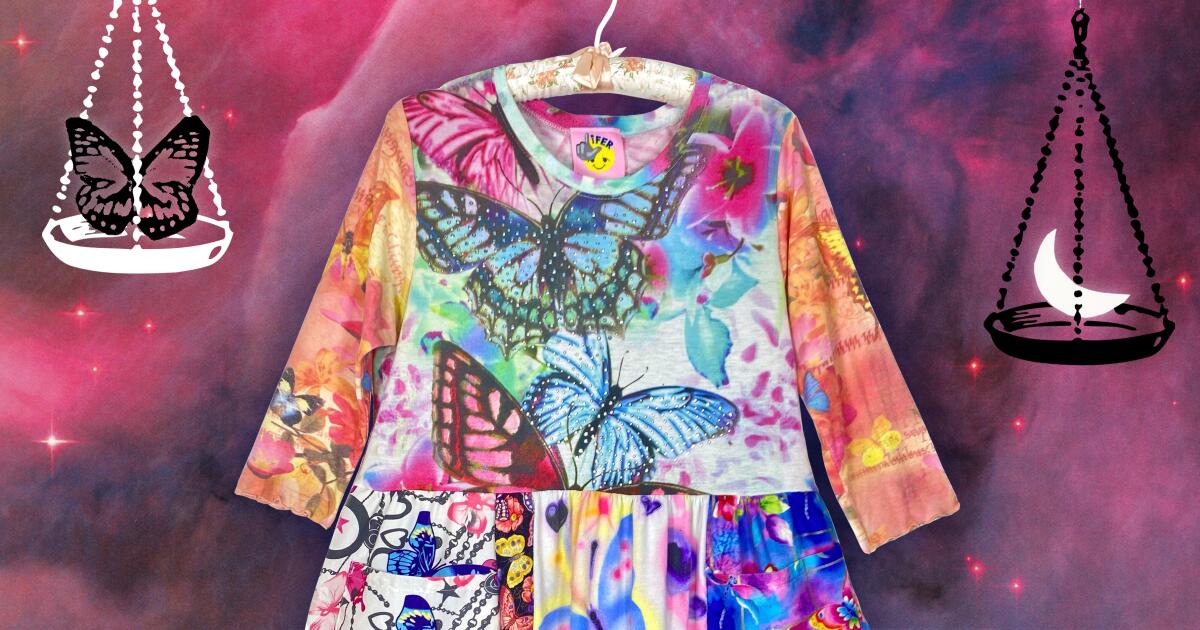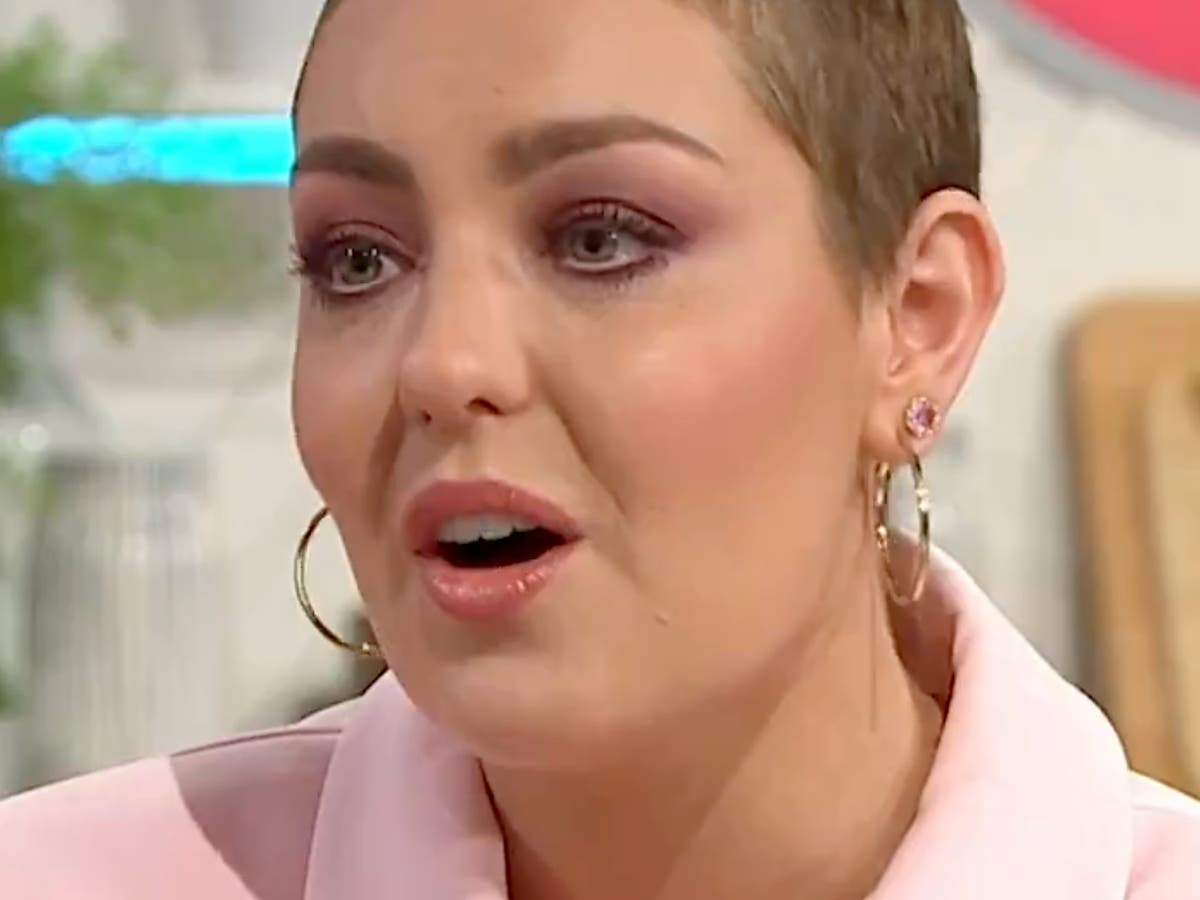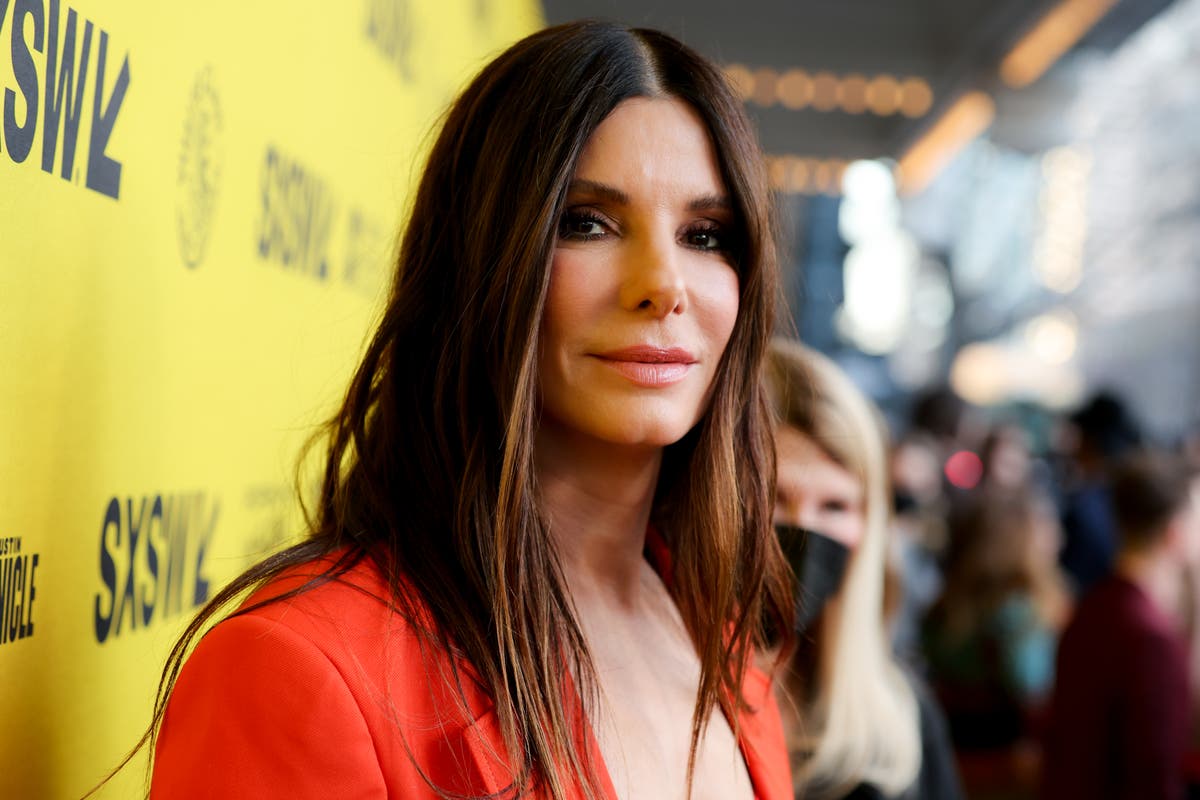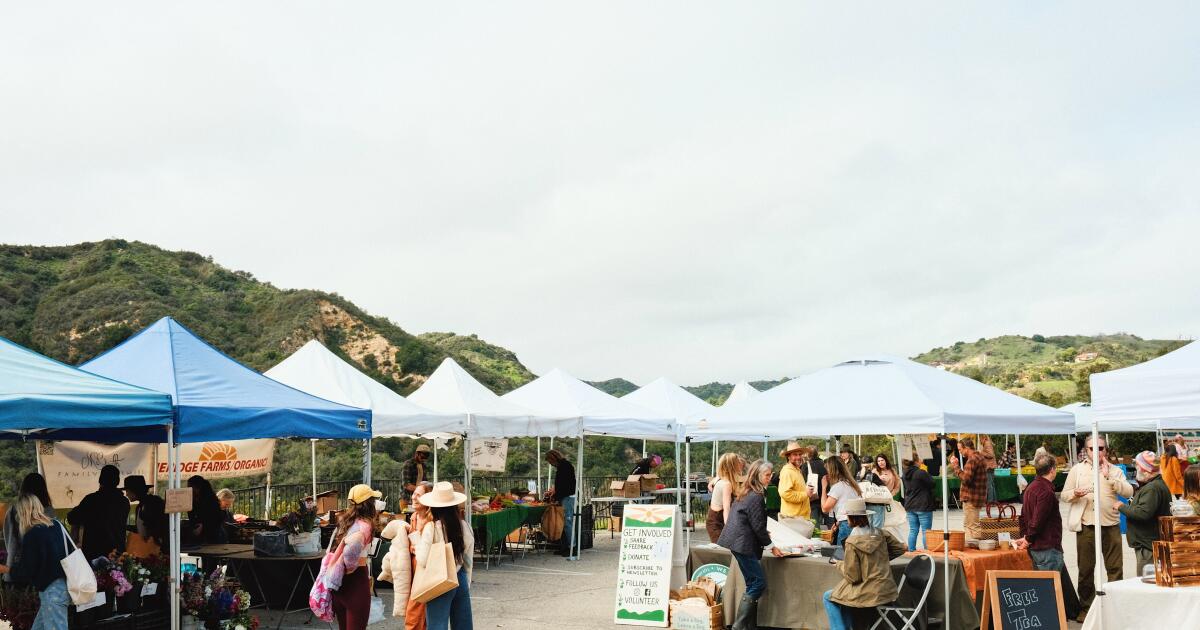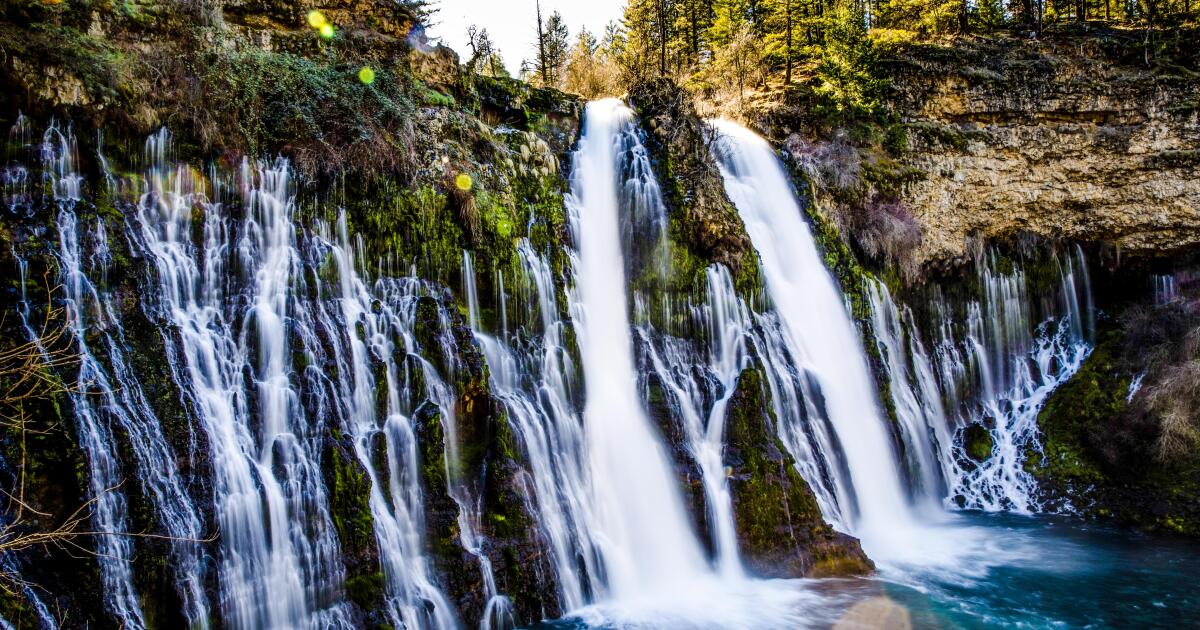Since 2014, a recurring art show dedicated to cats has captured common feline actions (commanding a pet parent's lap, staring at a viewer, destroying upholstered furniture, and gentle petting) and many fantastical ones.
The Cat Art Show returns this week to celebrate a milestone. Starting Friday, the “Feline art exhibition: tenth anniversary” event will bring works from about 50 artists to Wallis Annenberg PetSpace in Playa Vista. From oil paintings to sculptures and tile mosaics, cats in all their splendor will run along the walls for three days. Plus, for the first time, there will be a live pet adoption at the same time as the show: paws and whiskers above, cat-inspired art below.
Over the past decade, this group exhibition has become a must-see for gallery lovers who have flocked to see the works of such bold art world names as Mark Ryden, Tracey Emin and Jill Greenberg. Likewise, cat lovers often line up at the art event, wearing all manner of cat-covered paraphernalia to show their devotion to the animals of the moment. The Cat Art Show offers just the right amount of camp but has enough appeal for cool kids (think graphic artists Yusuke Hanai and Eric Haze) to attract those who do not consider themselves fans of furball.
“It's become a little bit of everything: a lot more big collectors, but also a lot more general population,” said Susan Michals, founder and chief curator of the Cat Art Show.
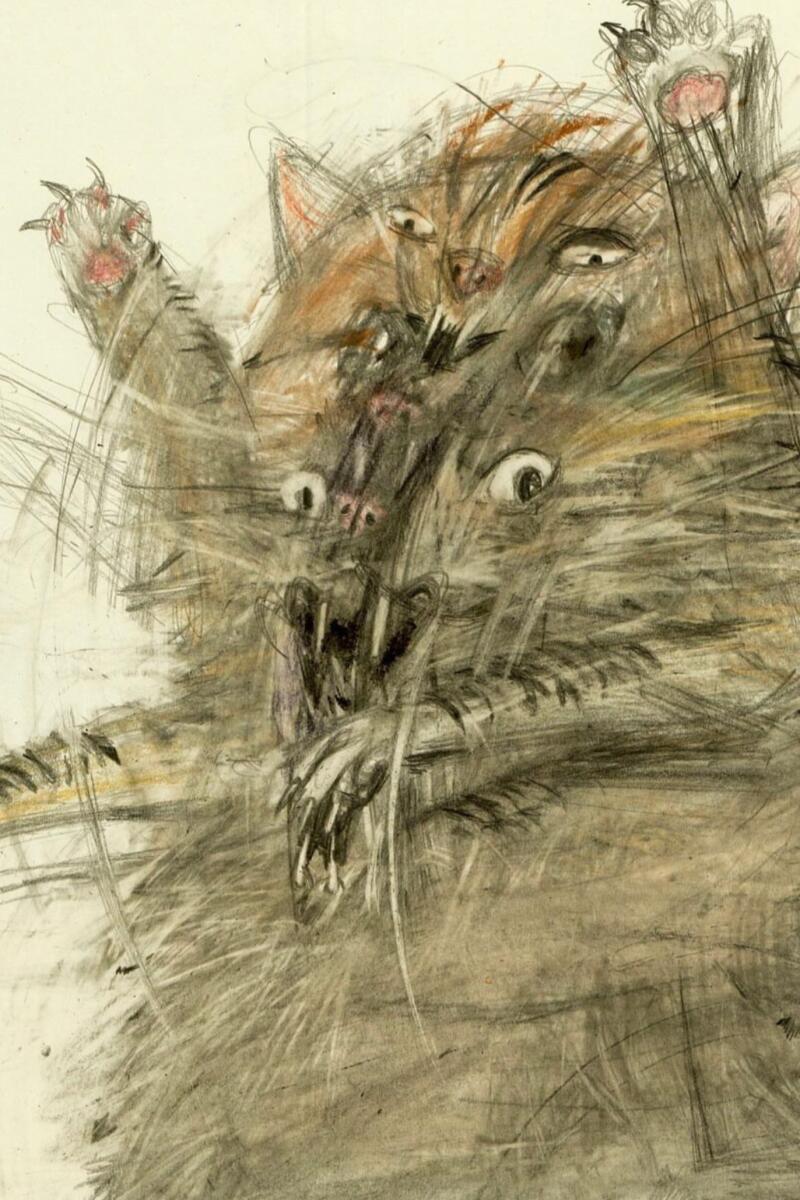
'Miss Pitch and Furl', by Annie Montgomerie, and 'Une Chat', by Léo Forest. (Annie Montgomerie; Léo Bosque)
Creating an event that celebrates Michals' two great loves was a no-brainer. She has had cat companions her entire life, grew up with gallery owner parents, and has covered visual art extensively as a freelance journalist.
“I wanted to do an exhibition that focused on emerging and established artists,” Michals said, “so I needed some big names to validate… that this was a serious art exhibition.”
To start, he reached out to artists he had interviewed professionally or knew personally. The message she gave them was: “Cats as muses.” Shepard Fairey he was among the first artists chosen for the inaugural show along with Gary Baseman and Tim Biskup.
Multimedia artist Britt Ehringer was another Angeleno who Michals approached in 2014 and enthusiastically accepted, attracted by the opportunity to raise funds for different animal charities. (Proceeds from art sales benefit animal charities; this year it's the Wallis Annenberg PetSpace Extraordinary Care Fund.) Every year since then he has presented pieces that combine pop culture figures like Scarface, Frida Kahlo and Tupac Shakur with groups of cats.
“My other work is not as pop art, so this is my space to play in,” Ehringer said, speaking of her cat-related contributions.
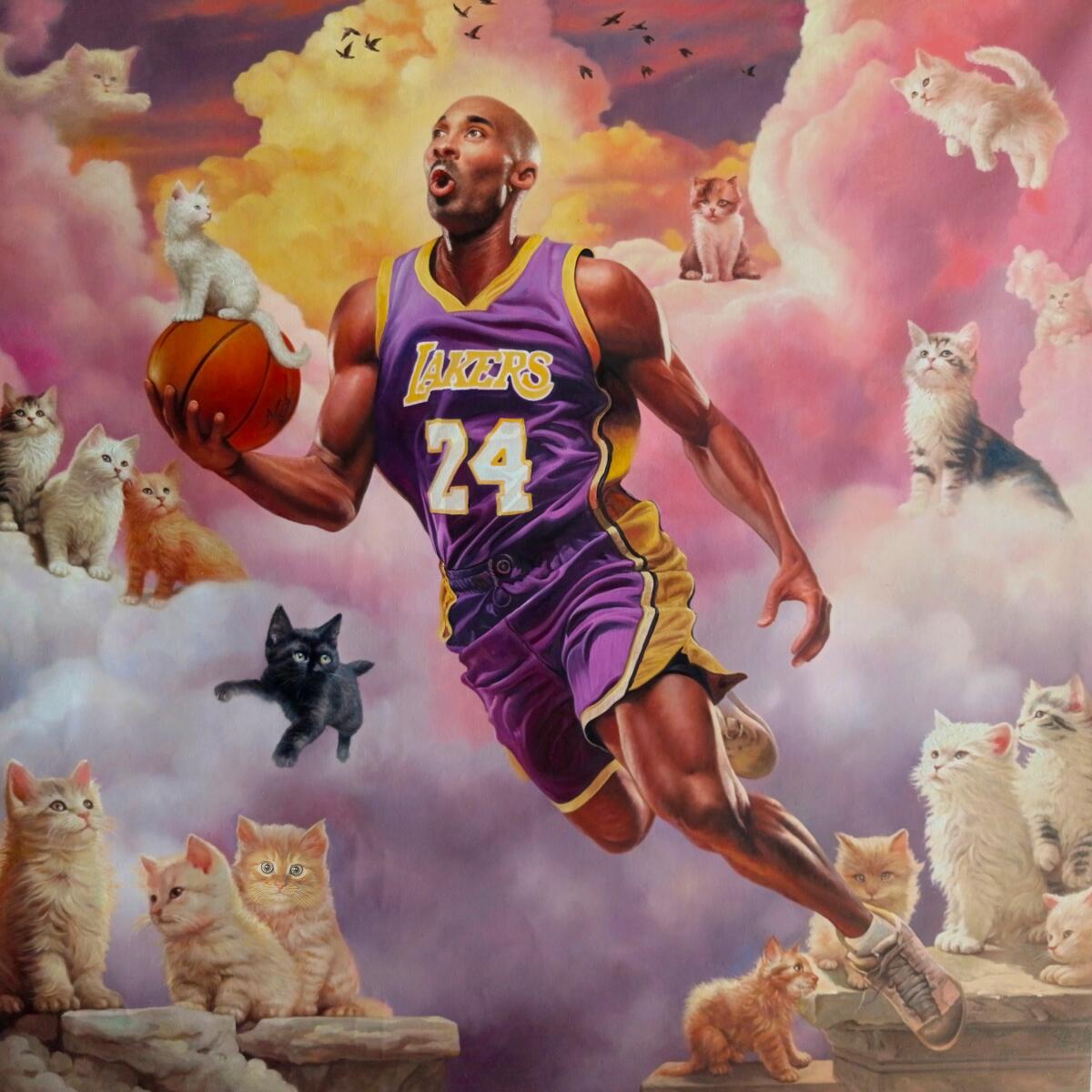
'Kobe enters the kingdom of kittens', by Britt Ehringer.
(Britt Ehringer)
This year's entry, “Kobe Entering the Kitten Kingdom,” shows Kobe Bryant flying through the skies while a bevy of hotties look on (although, of course, some seem distant). The Lakers legend is joined by one of the artist's two cats, Tofu, seen floating in the upper right corner of the piece.
“There are many different subcultures in the art world. I like how [the show] it combines all of those subcultures,” Ehringer said, noting that, over the years, the Cat Art Show has allowed him to form friendships with artists he otherwise would not have met.
“Almost all the art I got during the first year was domestic. Its reach has definitely taken on a more global reach,” Michals said.
The 2024 art collection is expected to include a comically defaced painting by a Vienna-based artist. Eva BeresinParisian's motion-filled sketches leo forestwork of Australian Korean graphic artist Yes, yes, Chloeand from the United Kingdom, Annie MontgomerieThe handmade vintage toy style kitties are dressed in adorable play clothes made from recycled fabrics.
“News about the Cat Art Show has traveled around the world and I knew about it here in Scotland,” the collage artist said. Lola Dupre, who lives outside Glasgow and is participating for the second time. “These shows include some of the best artists working today, so it is an honor and a privilege to include my work.”
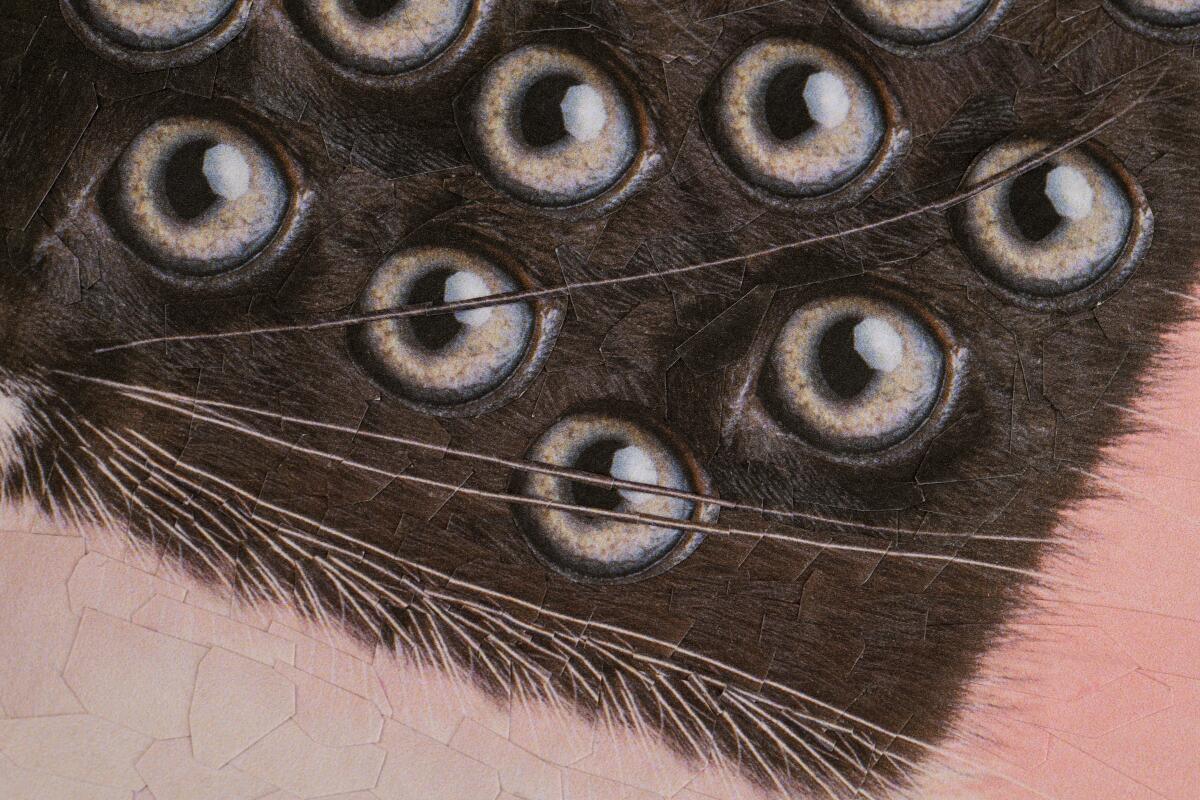
'Squits', by Lola Dupre.
(Lola Dupré)
Feline portraits are a common part of his distortion-filled paper cut practice, and he frequently draws inspiration from his own companion, Charlie. This year’s entry, “Squits,” was inspired by a specimen he found while visiting a cat colony in Granada, Spain.
“Since I was young, I've known a lot of cats, each one individually,” Dupre said. “I find their independence, energy and wildness fascinating.”
What makes Cat Art Show attractive is that each artist sees the muse in their own personal way, from mischievous to serene Regardless of how an attendee feels about cats, he or she is likely to see that emotion reflected in various forms, such as glass sculptures, wooden figurines, or porcelain candy dishes.
“They are evil but also impressive. And people have held that contradiction about cats since the beginning of time,” said the Los Angeles street artist. rabbi. “People thought cats were their gods and then their demons and demons.”
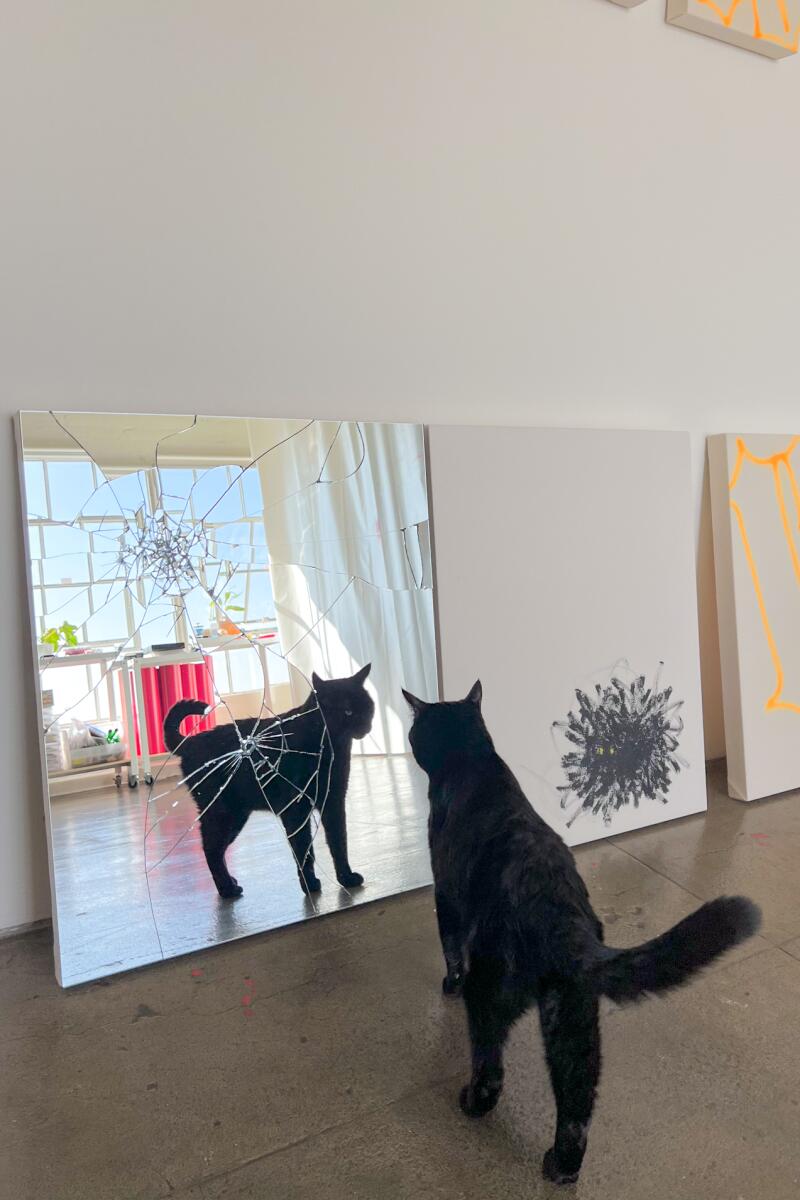
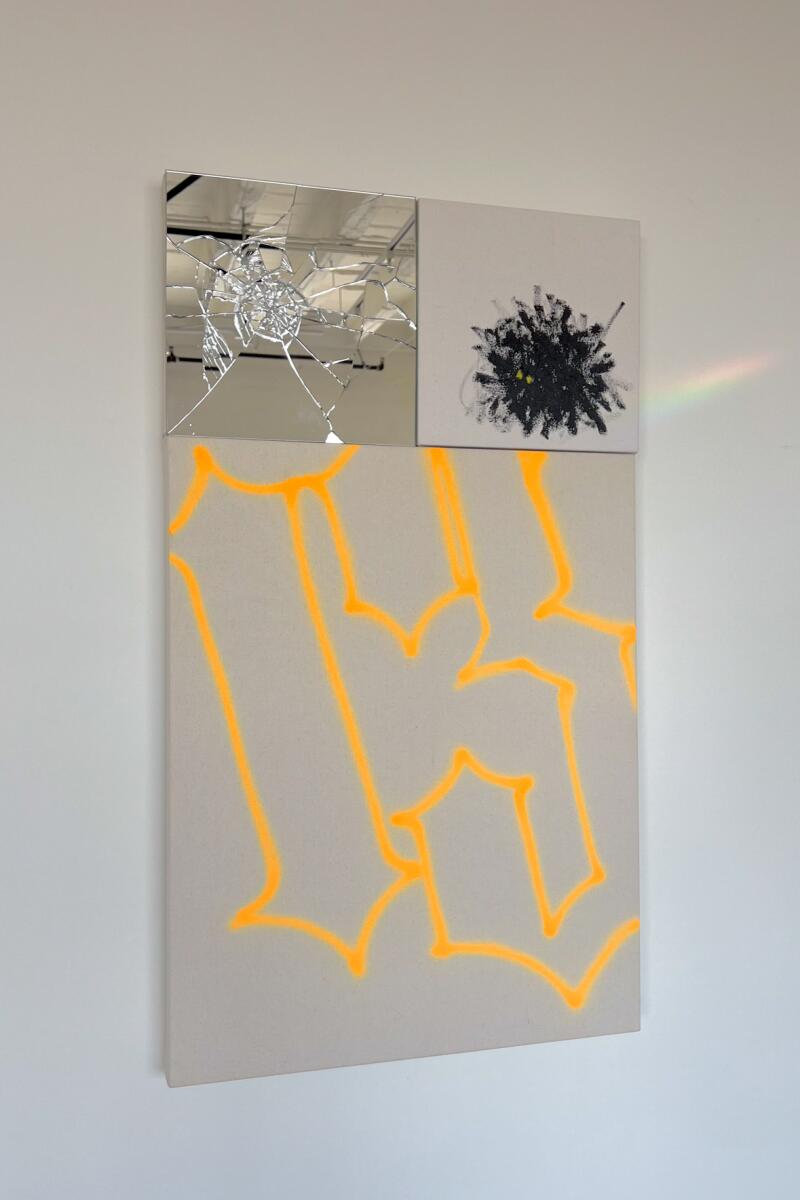
'Good Luck', by Los Angeles street artist Rabi, was inspired by the duality and contradictions surrounding cats. “People thought cats were their gods and then demons and demons,” he says. (Rabbi)
Drawn to exploring the concepts of duality and contradiction, he feels cats are the perfect case study. For his photo series titled “Good Luck,” Rabi focused on his black cat, Sea Beast, staring at the broken mirrors in his work studio. (“I loved the idea of challenging these archetypes of bad luck and then calling them good luck,” he said.)
Rabi tips his hat to Michals for capturing and amplifying the dopamine rush a person gets from watching, and re-watching the video of the perfect cat on social media.
“I think Susan does a really good job of bringing that culture to a tangible environment where we can all see things in real time, in real life, together,” he said.
In addition to showcasing all the ways cats are “an art form unto themselves,” Michals aims to make the Cat Art Show stand out. stereotypes about what it means to like cats.
“What I saw at the first show was that the people who came didn't fit the hoarder, spinster, cat-crazy model,” she said. “I looked at that audience and thought, 'These people are so underrepresented and underserved as consumers and appreciators of art.'
“Really, part of what these shows are about is showing my audience and saying, 'Look at these people. They love their animals and they love art,'” he said. “They do not represent the associated negative connotations at all.”

